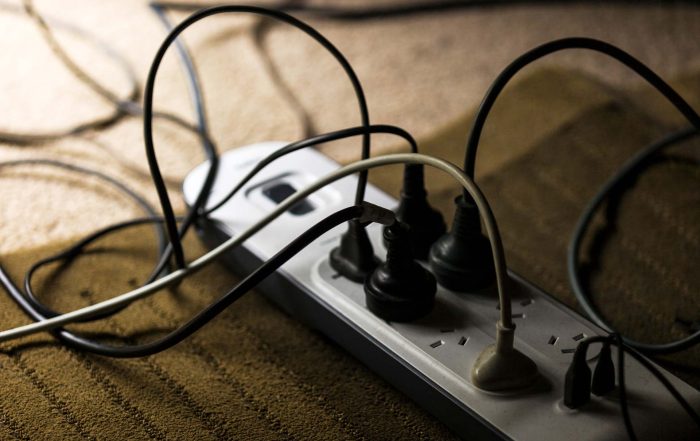Data Communication vs. Telecommunication: What’s the difference?
Data Communication vs. Telecommunication.
Let’s try and simplify the difference between datacomms and telecoms.
Data communication is the digital transfer of data between two points, in other words data is sent from sender to a receiver.
Telecommunication is the transmission of communication information, such as sound, images, video, or content.
Defining datacomms and telecommunications
Both types use various technologies that allow us to send and receive data as easily as possible. Transfer methods use computer networks, the internet, and wireless communication. While data communication is a part of a wider telecommunication method, it is more specific, and focusses on transmission and reception of data.
On the other hand, telecommunications refer specifically to the transmission of informational content. These will be everyday communications you’d be familiar with, such as voice, sound, and images. Telecomms include a broader range of technologies and media, landlines, mobiles, satellite communication, and TV broadcasting, for example. Like datacomms, telecoms can also be wired and/or wireless, and enables communication between individuals, regardless of location!content.
Defining datacomms and telecommunications
Data communications: the components.
Your datacom system is an essential part of your business! It enables all your digital information to be stored and moved through your network quickly and securely. It’s a critical part of your smooth-running and effective business operation. We’ve put together a simplified overview of the components in your datacom set-up to help you better understand it’s workings.
The Primary Components of a Data Communication System
Your data communication system relies on a number of primary components that, when working correctly, ensure your data is transmitted quickly, accurately and securely. They include:
- Sender: The sender is just that, the source that initiates the transmission of data, such as a computer, a smartphone, or any other device that can send and receive data.
- Receiver: Likewise, the receiver is the device that receives the transmitted data, whether it be a computer, a printer, or any other device that can receive and process the data.
- Transmission Medium: The transmission medium is the ‘path’ that carries the data from one point to another. The medium can be ‘guided’, or ‘wired medium’, (such as Ethernet or fibre-optic cables), or ‘unguided’, also called a wireless medium, that uses radio waves, microwaves, or satellite comms.
- Protocols: Protocols are a set of rules that govern the communication between sender and receiver. They manage the data, so it is transmitted in a consistent and reliable manner.
- Modem: The modem converts digital data into analogue signals for transmission over the transmission medium. It also demodulates (or translates) the analogue signals back into digital data at the receiving end.
- Switches and Routers: These are networking devices that direct the data through a network. Switches are used to connect devices within a local area network (LAN), while routers are used to connect multiple networks together.
These components should work together seamlessly to ensure secure and reliable transmission of data, with little or no ‘down-time’.
However, if you suspect that your datacom system could be better, or it’s repeatedly causing frustration, delays, and networking issues, give Faraday a call. We’ll be happy to review and recommend changes that will get you back on-line.
FAQs about Data Communication and Telecommunications
- What is the main difference between datacomms and telecomms?
The main difference lies in their scope and focus. Data communication deals specifically with the exchange of digital data over a distance, whilst telecoms spans a range of media and technologies, including the movement of signals such as voice, images, or both.
- Can datacomms and telecoms be used interchangeably?
No. While they are somewhat related, datacomms and telecoms aren’t interchangeable. Data communication is a subset of telecommunications and focuses specifically on the transmission and reception of data. Telecomms, on the other hand, encompasses a more expanded range of communication types and technologies.
- What are some examples of data communication methods?
Data communication methods include computer networks, the internet, and wireless communication, providing a highly efficient and accurate exchange of digital information.
- What are some examples of telecom technology?
Telecommunication technology includes landlines, mobiles, satellite and nbn communication, and TV broadcasting. The technology enables the transmission of signals over a distance for everyday communication.
Need assistance with Data and Telecommunication solutions? Call us today to book an appointment
Faraday Group has a team of expert communication specialists.
For a free quote, call us or send a quote request online, plus read our reviews from some of our fantastic customers.



